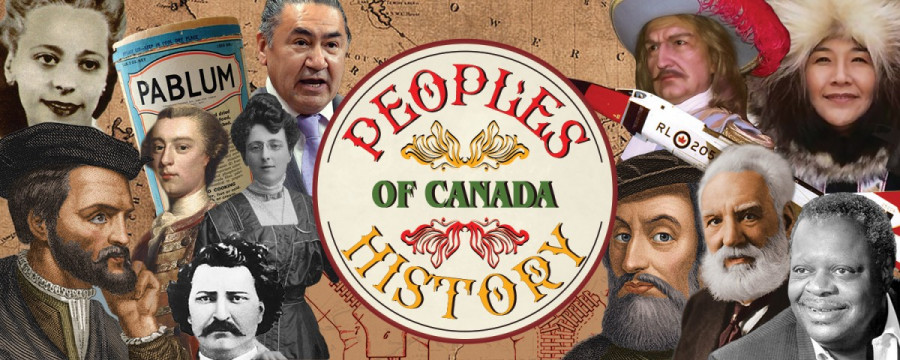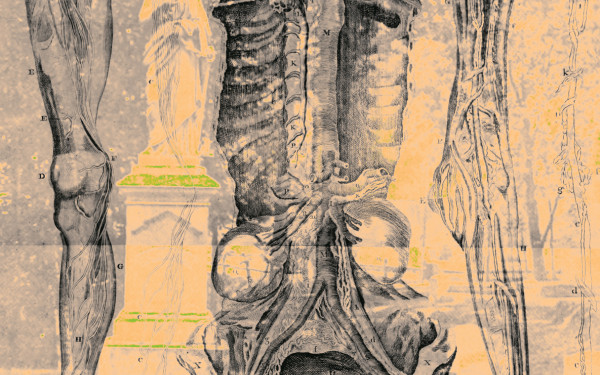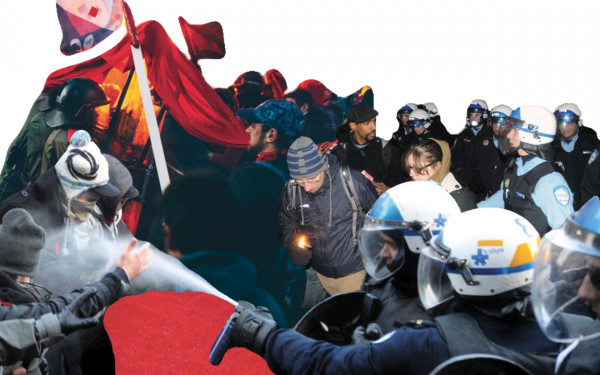Unsettling the History of Saint Marguerite Bourgeoys
A People’s History of Canada Column
“3. Reconciliation is a process of healing of relationships that requires public truth sharing, apology, and commemoration that acknowledge and redress past harms.”
The above quote is the third principle from the Truth and Reconciliation Commission, a commission organized in 2008 to document the history of Canada’s residential school system. It speaks to the act of truth telling and sharing, which in a colonial context such as Canada, often requires reevaluating our pre-existing understandings of truth. One facet of this can be explored through revisiting recorded histories and working to identify and dismantle colonial bias that has defined so much of mainstream history.
Many historical figures who are lauded as great Canadian heroes were also complicit in practices that facilitated the systematic degradation of Indigenous cultures, spirituality, and ways of knowing. Regardless of their contributions, we must acknowledge how their actions have played into the larger colonial project within Canada, which has been the source of shameful acts of physical and structural violence that to this day have a deep and sustained impact on the ways in which Indigenous histories are hidden within Canada’s historical narrative.
Saint Marguerite Bourgeoys is one such individual. From archival sources and her personal journals, historians have been able to obtain significant amounts of information on her life and work. It is known that she journeyed to New France from France in 1653, and that she was pivotal in the development of the colony of Ville-Marie (which later became Montreal).
Beatified in 1982, Marguerite Bourgeoys was the founder of the Congregation of Notre Dame of Montreal. She is held as one of the most significant figures in Montreal history, with an entire museum dedicated to her legacy, as well as a school district in her name.
While her influence has certainly been great, but it is by no means immaculate. Her missionary work must be understood within the paradigm of the settler colonial institutions of her time which were rooted in the belief of European superiority.
The Congregation of Notre Dame that Bourgeoys founded was directly associated with the Society of Notre-Dame of Montréal for the Conversion of the Savages of New France. This society was one of the earliest settler institutions to move to New France. They were fueled by the intent not just to settle and live in the so called “New World,” but to actively convert and “civilize” the people they found there. They sought to bring an ideological and spiritual understanding that was believed to have absolutely no alternative. They held the belief that they were saviours, and mainstream history has largely recorded them as such to this day.
When the Society of Notre-Dame disbanded in 1663, the Congregation remained, but became directly linked to the Sulpicians, an order of diocesan priests in New France. In 1676, in partnership with the Sulpicians, Bourgeoys and two other members of the Convent of the Congregation of Notre Dame established a small school for Indigenous girls in a village located at the base of Mount Royal, known as the Mountain Mission. It’s effectiveness in evangelizing and europeanizing the students led it to be considered a success by the French. As a result of this, Bourgeoys was granted funding to further the schools capabilities.
While Marguerite Bourgeoys died in 1700 in Ville-Marie, the mission she founded continued on. In 1701 the convent moved from its location on Mont-Royal to join with the Sulpicians at the Sault-au-Recollet, where they stayed for 20 years, continuing their efforts to evangelize the children of the Nipissing, Kanienkehà:ka, and Algonquin.
The final move made by the mission was in 1721, and it is one of great significance. They moved off the island of Montreal with the Sulpicians to Lac-des-Deux-Montagnes, present day Oka. These are the traditional lands of the Kanien’kehà:ka, but at the time were being held in trust for them by the Sulpicians. However, the Sulpicians, in establishing the mission and building a community there, claimed ownership of the land—disregarding entirely the land rights of the Kanien’kehà:ka. The Sulpicians further ratified their land grab in 1859, when the British parliament officially granted them the land. In the years following, the Canadian government purchased the land from the Sulpicians and continued to dismiss all Kanien’kehà:ka claims to their territory. It was this seizure of land by the Sulpicians that marked the first moment in the land dispute that would culminate in the Oka Crisis, over 200 years later.
In considering Bourgeoys’ legacy, we must understand that her accomplishments contributed to colonial institutions that caused significant harm. Not only was the Mountain Mission connected in its subsequent moves to the foundations of the Oka Crisis, but these early evangelizing missions were essentially precursors to the later development of residential schools in Canada, and they must be understood as such. It is crucial that we be wary of emphasizing the contributions of colonial figures without taking into account their harmful effects.
The dynamics between the historically recorded legacies of missionaries such as Bourgeoys, and the subsequent lack of representation of Indigenous experience work towards effectively minimizing, if not completely erasing Indigenous histories. For this reason, we must look critically at the histories made available to us and do our best to read between the lines. Only then can we find the balance between our shared histories and work toward reconciliation that honours and heals.


_600_832_s.png)




